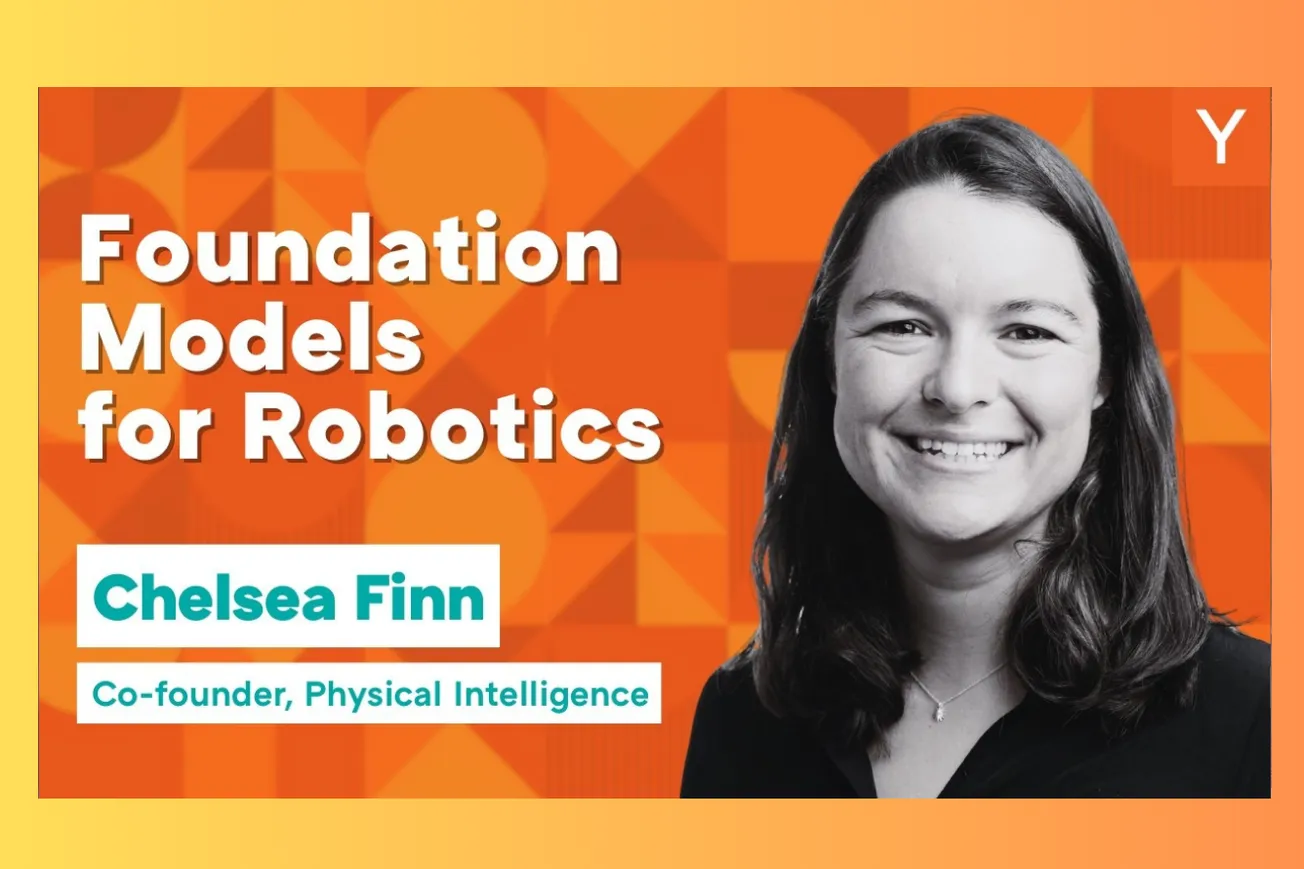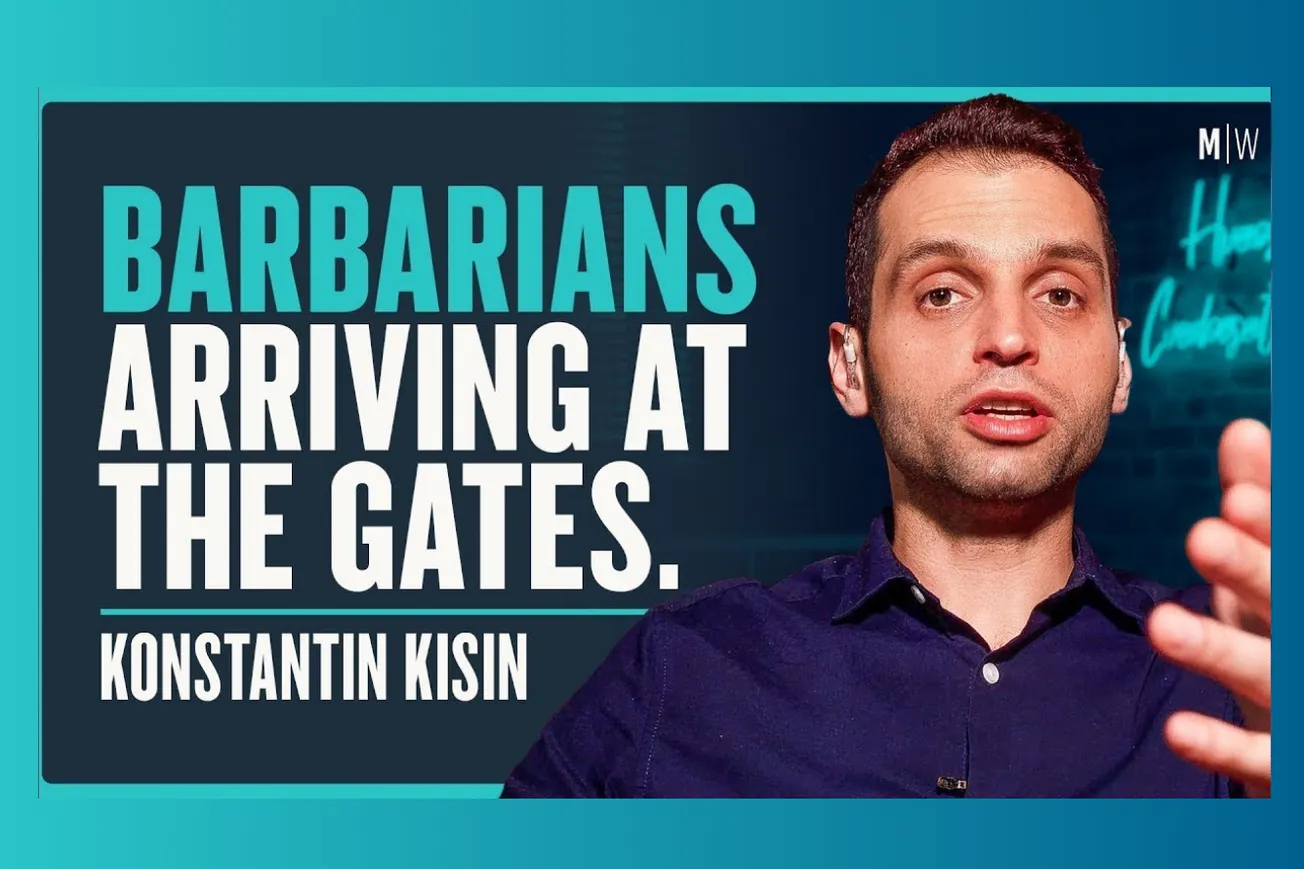Table of Contents
Mathematical thinking offers essential tools for navigating AI's probabilistic world, from healthcare decisions to understanding algorithmic bias and human behavior.
Mathematician Hannah Fry reveals how probability thinking transforms AI interactions, decision-making, and our collective technological future.
Key Takeaways
- Mathematical literacy becomes crucial as AI systems operate on probabilistic rather than deterministic principles
- People struggle with probability thinking, often collapsing complex percentages into binary yes/no decisions
- AI bias stems from data problems but can be mitigated through continuous monitoring and appeal processes
- Education must evolve beyond traditional assessment methods to embrace AI-assisted personalized learning approaches
- Healthcare communication improves when patients define acceptable risk thresholds rather than receiving raw statistics
- Mathematical models require human wisdom and context to avoid creating dystopian automated decision-making systems
- Future breakthroughs in science could address fundamental scarcity problems through advances in energy and resources
The Probabilistic Revolution in AI Decision-Making
- Mathematical thinking becomes essential as computers shift from deterministic calculators to probabilistic systems that operate with uncertainty and inherent error rates
- People fundamentally misunderstand what 85% accuracy means in AI systems, expecting perfection rather than accepting the 15% failure rate
- Healthcare professionals struggle to communicate statistical risks effectively, with patients often misinterpreting survival percentages as binary outcomes
- The gap between population-level statistics and individual decision-making creates confusion when 84% versus 88% survival rates feel meaningless to patients
- AI hallucinations represent a broader challenge where society hasn't adjusted expectations from deterministic computing to stochastic reasoning
- Critical thinking skills must evolve to evaluate AI outputs based on confidence levels and context rather than blind acceptance
Healthcare decision-making exemplifies this challenge perfectly. When doctors present an 84% chance of surviving ten years without treatment versus 88% with chemotherapy, patients often hear "I'll die without treatment" rather than processing the actual risk differential.
Transforming Risk Communication Through Emotional Intelligence
- Healthcare systems need translators who help patients identify personal values before presenting statistical treatment options and risk assessments
- Intensive care nurses achieve better outcomes by asking families what percentage chance they'd accept rather than presenting predetermined statistics
- Regret minimization frameworks help individuals make decisions by imagining future scenarios and choosing paths with least potential remorse
- Mathematical thinking improves when people practice calibrating their emotional responses to numerical probabilities through deliberate feedback loops
- Cancer diagnosis conversations work better when support staff explore patient priorities before discussing survival percentages and treatment trade-offs
- Individual risk tolerance varies dramatically, making personalized probability communication more effective than standardized statistical presentations
The key insight involves flipping the conversation entirely. Instead of attaching feelings to numbers, successful risk communication attaches numbers to feelings by understanding what matters most to each person.
Addressing Algorithmic Bias Through Continuous Vigilance
- Perfect fairness remains impossible in any human-designed system, requiring continuous bias detection and correction rather than one-time solutions
- AI bias amplification occurs when flawed training data gets processed through algorithms, creating worse outcomes than original human prejudices
- Snowboarding image recognition demonstrates how initial labeling bias against women participants gets magnified through automated classification systems
- Appeal processes become essential features in algorithmic decision-making, allowing humans to challenge automated determinations and provide context
- Systemic fairness requires acknowledging that bias elimination has no finish line, demanding ongoing commitment to identifying and repairing problems
- Justice and mathematical fairness often conflict, as perfectly fair systems applying identical rules can produce profoundly unjust individual outcomes
The "women also snowboard" research revealed how AI systems can take subtle human biases and amplify them exponentially, making conscious bias mitigation strategies absolutely critical.
Educational Revolution Through AI-Assisted Learning
- Traditional assessment methods become obsolete as AI eliminates the viability of standard written essays and predetermined coursework assignments
- Personalized AI tutors offer unprecedented opportunities to adapt teaching methods to individual learning styles and knowledge gaps
- Oral examinations and practical demonstrations replace written work, though this transition must account for different student comfort levels and abilities
- Educational institutions must redefine their core mission from information transfer to critical thinking development and wisdom cultivation
- AI research acceleration gives students powerful tools for knowledge accumulation and synthesis that surpass traditional learning methods
- Assessment evolution requires measuring actual understanding rather than ability to produce text, fundamentally changing how we evaluate student progress
Educational disruption creates opportunities rather than just challenges. AI enables the personalized learning that educators have long desired but couldn't practically implement with traditional classroom structures.
Optimizing Human Relationships in the Digital Age
- Dating applications optimize for visual selection rather than communication skills, fundamentally misunderstanding what makes relationships successful
- Mathematical optimization in dating involves highlighting unique characteristics rather than appealing to masses, increasing compatibility with suitable partners
- AI communication assistance could improve relationship outcomes by helping people articulate feelings and navigate difficult conversations more effectively
- The 37% rule for partner selection demonstrates how mathematical frameworks can inform personal decisions while acknowledging inherent uncertainty
- Technology changes human behavior patterns, with young people increasingly abandoning dating apps in favor of more authentic connection methods
- Relationship success depends on communication abilities and shared values rather than physical attraction optimization that current platforms emphasize
The fundamental game in dating isn't maximizing matches but finding someone compatible for long-term partnership, requiring entirely different optimization strategies than current platforms provide.
Building Human-AI Collaboration Models
- Successful AI integration requires understanding human limitations like attention deficits and poor performance under pressure rather than replacing humans entirely
- Early autonomous vehicle failures occurred because systems expected humans to intervene precisely when human capabilities are weakest
- Effective AI design fills gaps in human cognition while keeping humans engaged in areas where they excel
- Anthropomorphization of AI systems creates genuine emotional connections that may require ethical boundaries and user awareness
- AI confidence indicators help users understand when systems operate within comfortable parameters versus struggling with edge cases
- Meta-prompting techniques like Bayesian reasoning significantly improve AI medical diagnosis accuracy by structuring probabilistic thinking
The optimal approach pairs human and artificial intelligence by leveraging each system's strengths while compensating for inherent weaknesses in both.
Future Optimism Through Scientific Breakthroughs
- Scientific advances in desalination, nuclear energy, and battery technology could fundamentally solve resource scarcity problems affecting humanity
- Biological modeling advances enable understanding of complex living systems without the simple equations that physics enjoys
- Alpha Fold demonstrates how AI can tackle previously impossible scientific problems while providing confidence assessments for reliability
- Mathematical frameworks help evaluate emerging technologies by considering both positive population-level effects and negative individual incidents
- Story-driven communication remains essential for public engagement, even when statistical evidence supports different conclusions
- Human wisdom becomes increasingly important as AI systems require contextual understanding that pure mathematical optimization cannot provide
History's greatest human challenges have centered on resource scarcity, but emerging scientific capabilities suggest we might transcend these fundamental limitations within the next generation.
Common Questions
Q: How can people improve their probability thinking for AI interactions? A: Practice calibrating predictions against real outcomes and use regret minimization to imagine future scenarios before making decisions.
Q: What makes AI bias different from human bias? A: AI can amplify existing human biases exponentially through data processing, making small prejudices much worse at scale.
Q: Why do traditional education methods fail with AI availability? A: Written essays and predetermined coursework become obsolete when AI can generate them, requiring assessment method evolution.
Q: How should healthcare communicate statistical risks to patients? A: Ask patients what percentage chance they'd accept rather than presenting statistics first, connecting numbers to personal values.
Q: What's the biggest challenge in human-AI collaboration? A: Understanding when humans excel versus when AI performs better, avoiding systems that expect human intervention during crisis moments.
Mathematical thinking provides essential navigation tools for our increasingly probabilistic technological future. Success requires embracing uncertainty while developing frameworks for wise decision-making in complex situations.





